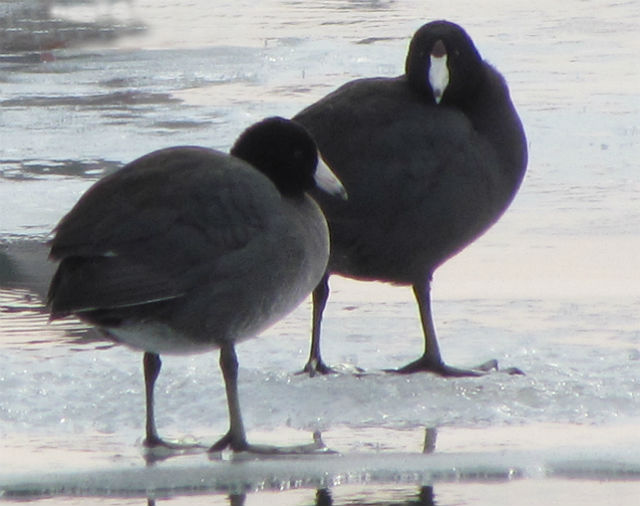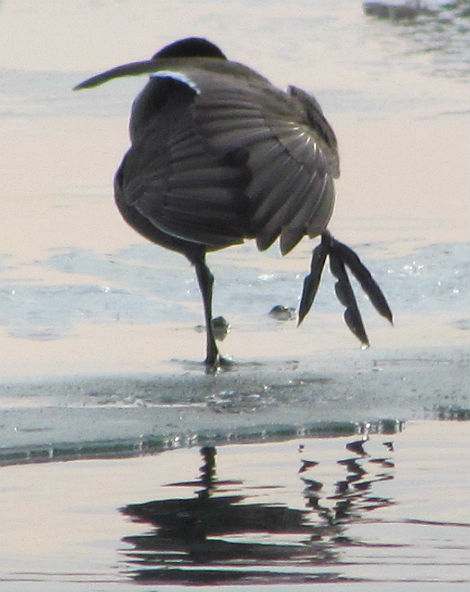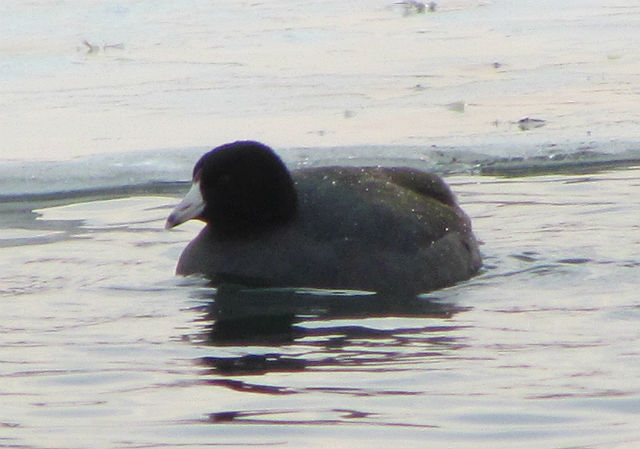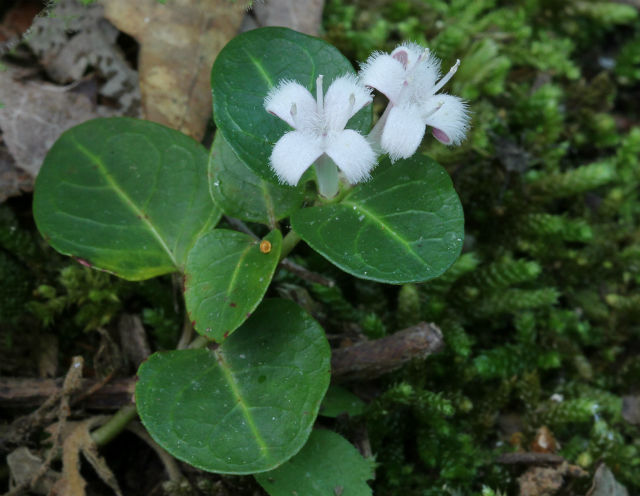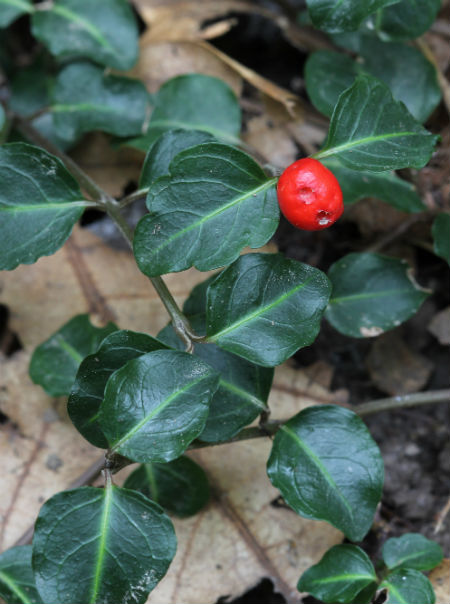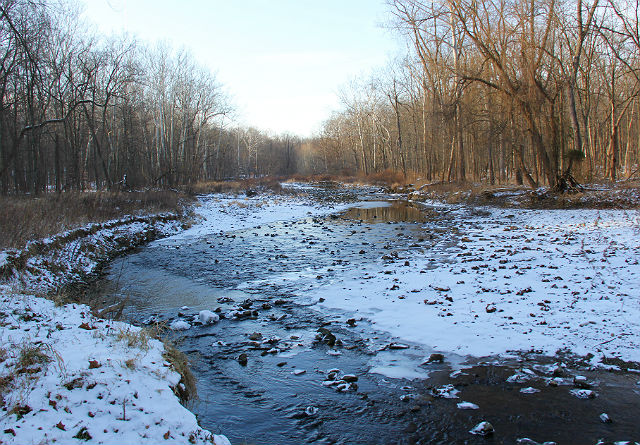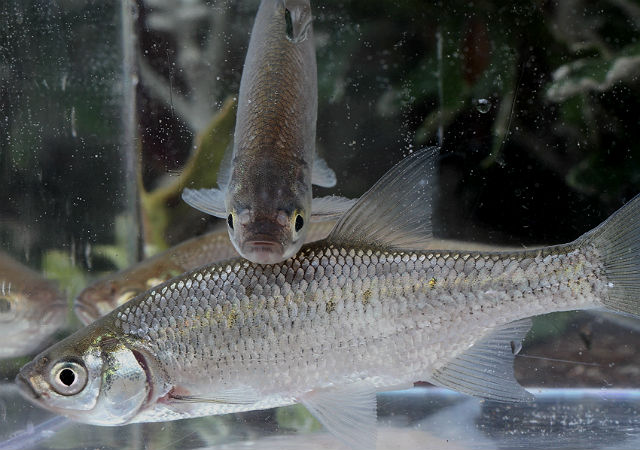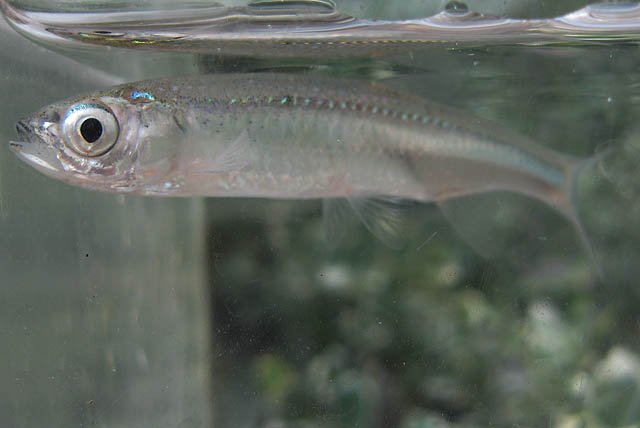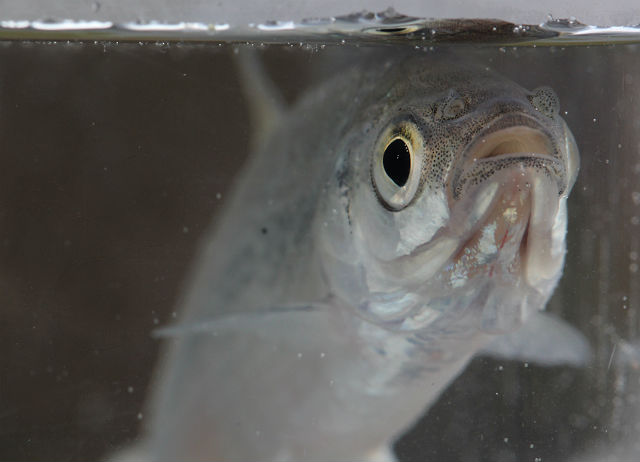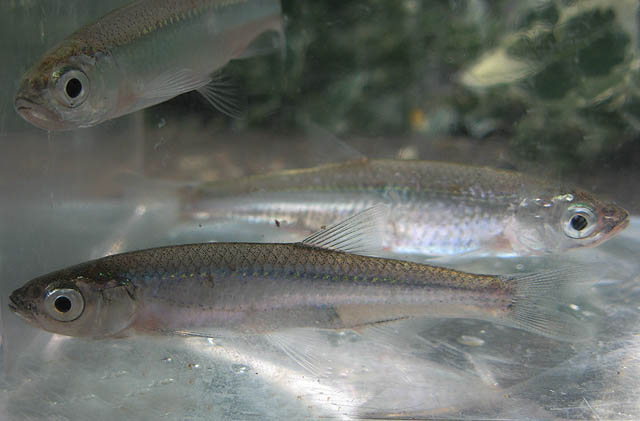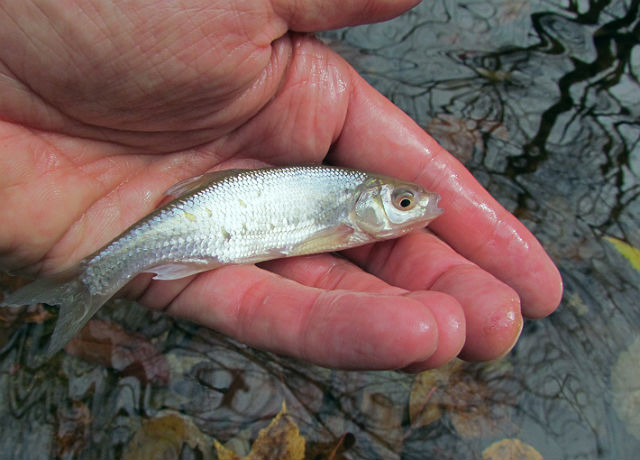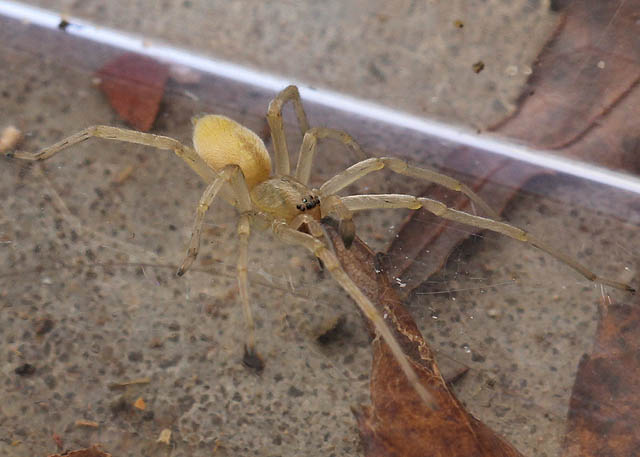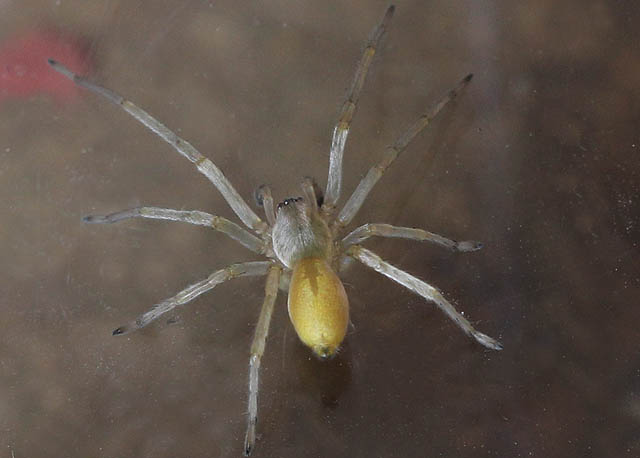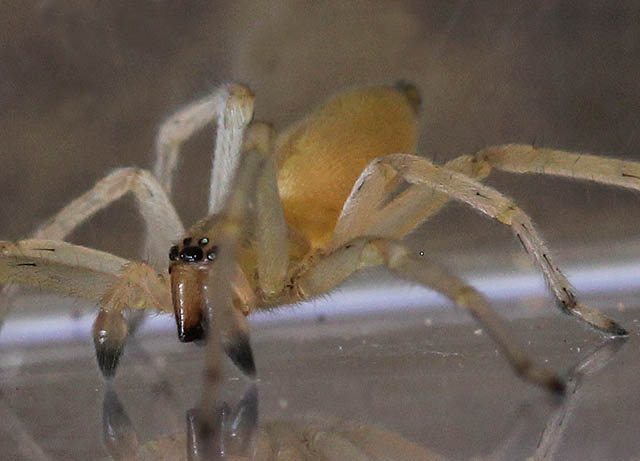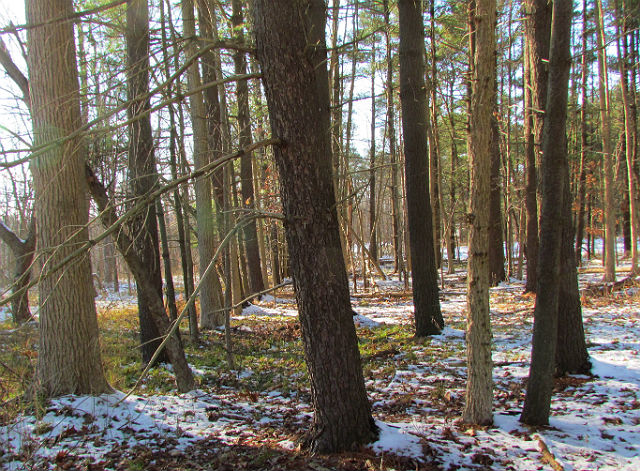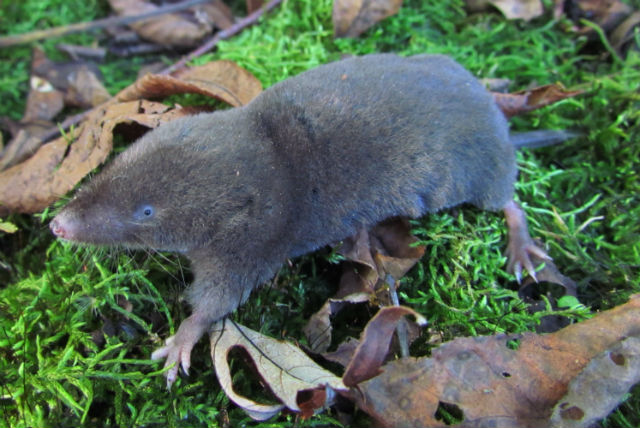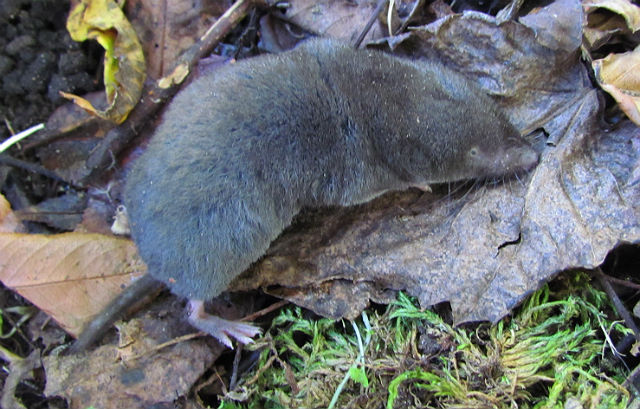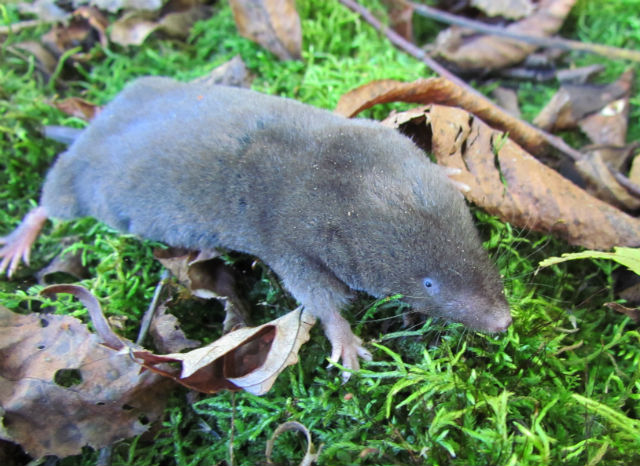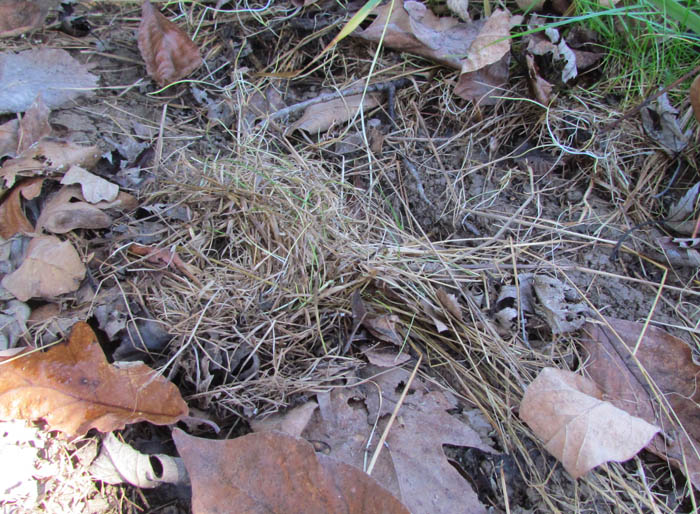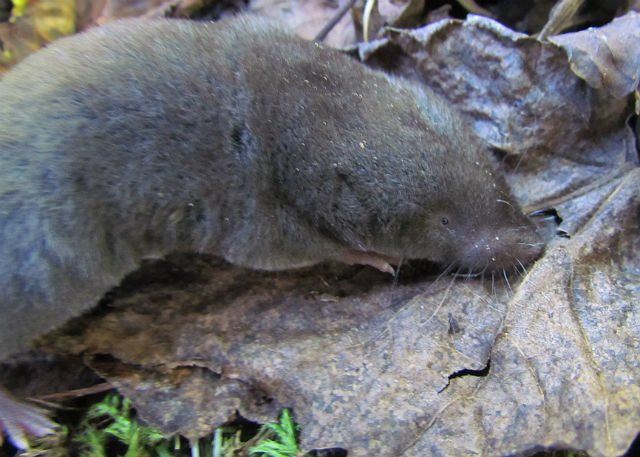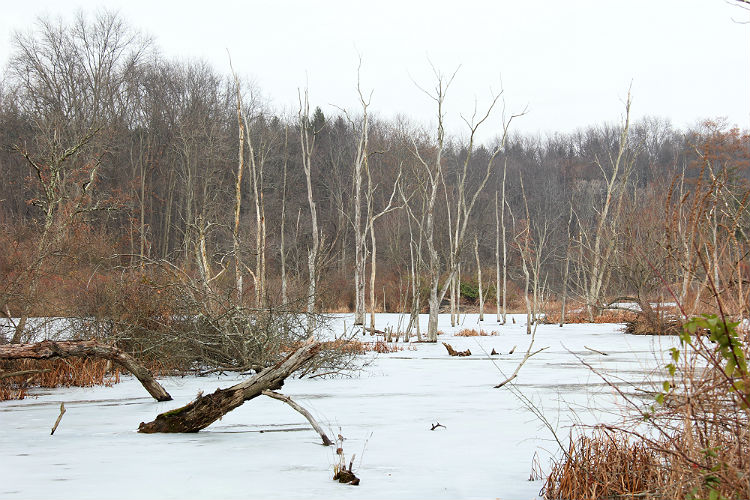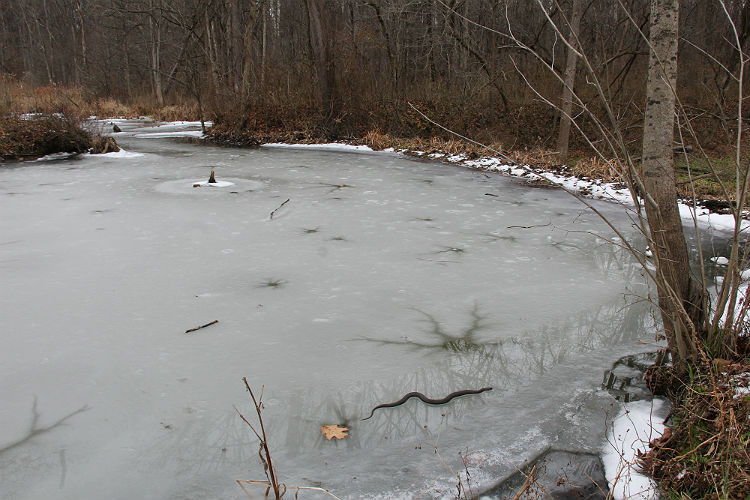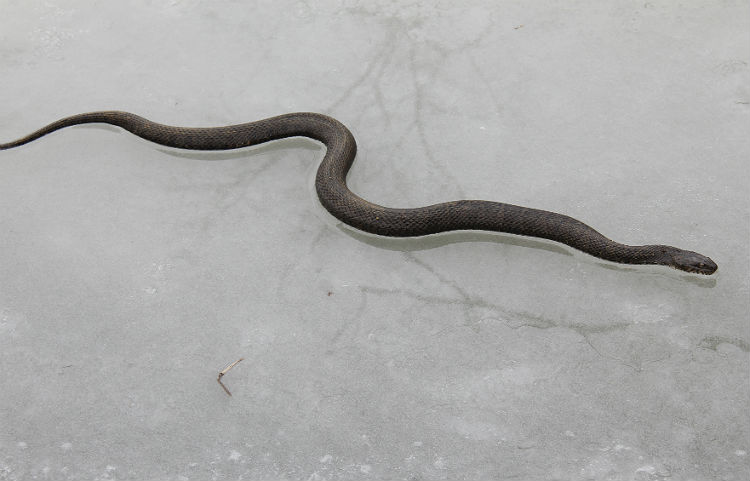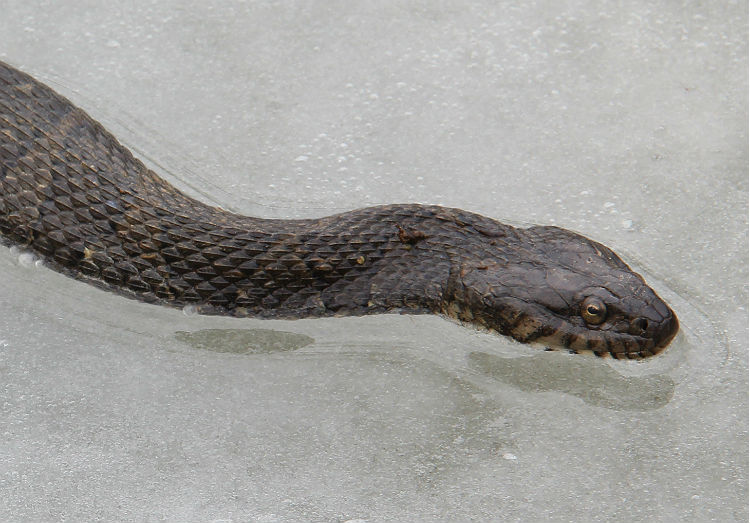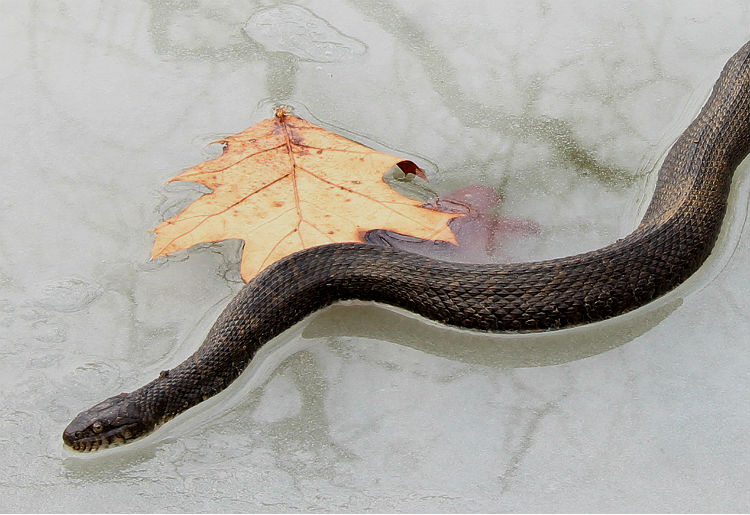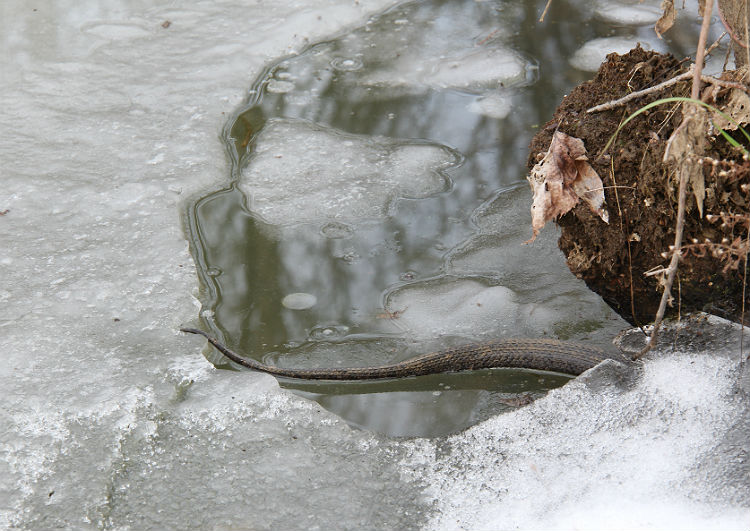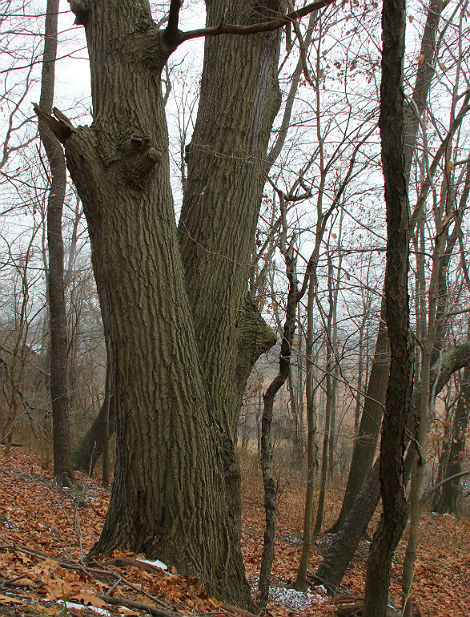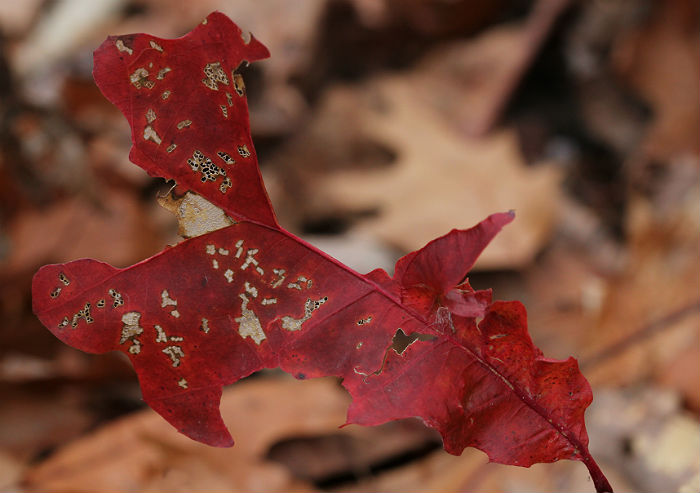The American Coot is also known as a Mud Hen. The Toledo Mud Hens are a minor league baseball team located in Toledo, Ohio that are named after this bird. Coots live near water, typically inhabiting wetlands and open water bodies in North America. These were seen on the Lake Erie shore.
Though commonly mistaken to be ducks, American Coots belong to a distinct order, a group of shoreline birds called Rails. Instead of having the webbed feet of ducks, coots have broad, lobed scales on their lower legs and toes that fold back with each step in order to facilitate walking on land.
This is a social bird species that lives in flocks. Coots are the only members of the Rail Family to live in groups. They can make a wide variety of noises, from grunting to clucking, as a means of communication, between each other and to threatening predators.
They are nicknamed “marsh hen” or “mud hen” because of they way their heads bob when they walk or swim. They eat small aquatic animals, insects and vegetation. American Coots have the ability to dive for their food, much like ducks. When diving, they gather plants that grow on the bottom of waterways. After bringing plants up to the surface, they go through them looking for edible parts.
A group of these birds has many collective nouns, including a “codgery,” “commotion,” “fleet,” “shoal” and a “swarm” of coots.

